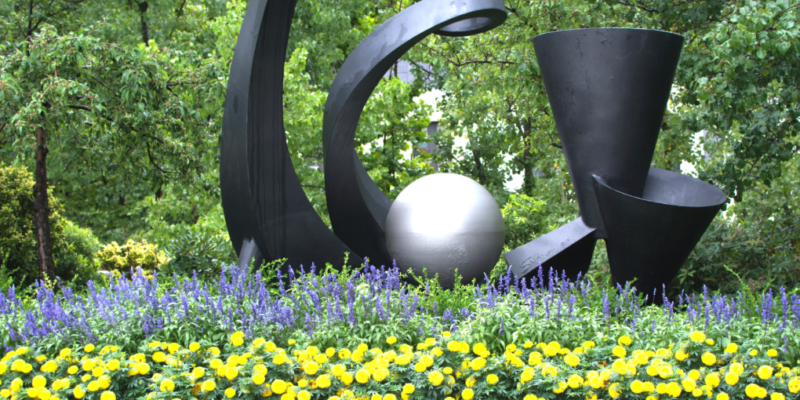If Covid-19 accelerated an interest in healthier buildings, then landscaping, and its ability to leverage the health benefits of nature, will be front and center in any master plan that defines how we bring people back to work.
Landscaping opportunities that lead to stronger returns are those that respond to sustainability concerns, including automation, green technology, operational and energy efficiency, climate resiliency, resource conservation, and safety.
At ELM, we’re not only on top of these trends, we’re driving them. Here are our top 7:
• Bring nature to work. Incorporate outdoor conference space, green terraces, green roofs and walls, indoor atriums, water features, container plantings, natural light, texture and foliage, for improved air quality and ventilation.
• Create wow factors. Add seasonal color, flowering perennials, foliage texture for curb appeal, and native and adaptive plants to save water and maintenance.
• Dress it up. Prepare beds with fresh mulch, prune trees and shrubs, cull diseased and infested plants, power wash outdoor surfaces, eliminate weeds and unwanted plants.
• Invest in smart technologies. Upgrade irrigation infrastructure to offset water as the fastest growing utility expense. Invest in smart water technology to support and encourage conservation, and improved groundwater and stormwater filtration and management systems to support water quality.
• Renovate hardscape, pathways, paved surfaces, terraces, decks, and outdoor built elements to repair winter wear and tear, improve safety and manage risk.
• Add tenant amenities such as outdoor Wi-Fi, green roofs, LED lighting, outdoor television, dining areas, bocce ball, putting greens or jogging and bike paths.
• Replace underperforming turf with drought tolerant native plants and meadow-style perennials to improve aesthetics; invest in tree cover, rain gardens and bioswales, and permeable surfaces to improve environmental health and water and air quality.
Commercial properties with well-engineered landscapes and green site systems reap savings, financial incentives (tax credits, rebates and stormwater/irrigation credits where applicable), reduced life-cycle and maintenance costs, reduced flood damage, and reduced water bills, while also creating measurable value for property owners and tenants both.
If you’re looking to innovate, meet sustainability and LEED credits, or transform your building’s underperforming outdoor areas into functional conference space, contact Bruce Moore, Jr., president, at (203) 316-5433.

